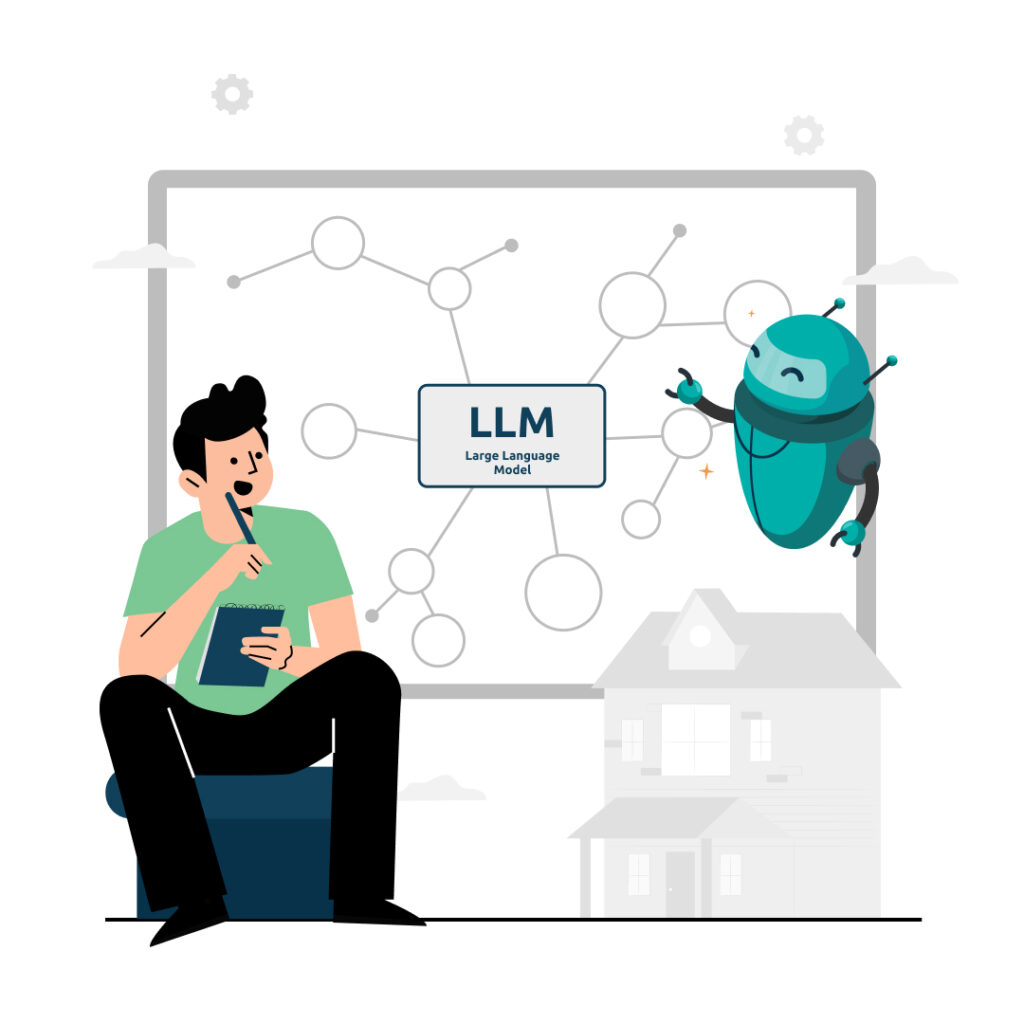Covered in this FAQ:
- What is the difference between an extended team, a dedicated team, a team extension and staff augmentation?
- What is the difference between off-shoring, near-shoring, out-sourcing and an extended team/team extension/dedicated team?
- What is the team extension model?
- What is the extended team model?
- What is the dedicated team model?
- What is a core team?
- Why do businesses use team extensions?
- Who manages the extended team?
- What happens if an extended team member doesn’t perform?
- What kind of work can an extended team do?
- What are the biggest challenges in using a team extension?
- Where do you hire an extended development team?
What is the difference between an extended team, a dedicated team, a team extension and staff augmentation?
These 4 terms all refer to using a service provider to source and contract remote workers on a temporary (though possibly long term) basis.
There is one stand-out – staff augmentation can be used in a more general sense. You can use staff augmentation to refer to placing people in multiple roles throughout a business. But extended team, dedicated team, and team extension refer specifically to adding people to a particular team or even a particular team project.
What is the difference between off-shoring, near-shoring, out-sourcing and an extended team/dedicated team/team extension?
Off-shoring is a general term that refers to using workers of a service provider in another country to fill roles or perform role-related tasks, within your business.
Near-shoring is similar to off-shoring but it implies that the workers are located in a nearby country or time zone to reduce the management and collaboration difficulties that working across widely different time zones can create.
Out-sourcing is when a project or service that would traditionally be executed in-house is handled completely by an external service provider. The service provider is normally located off-shore in an attempt to reduce costs.
Extended team, dedicated team or team extension is when a project team is expanded by the hiring of remote team members through a team extension provider. The extended team members working remotely report to the same management as the in-house team, they work side-by-side with the in-house team on any projects, and participate in all meetings, but all their necessary resources – computers, office space, HR, etc – are supplied by the team extension provider.
What is the team extension model?
Under the team extension model you are responsible for managing your own project even though the work is being done by external contractors. Under an out-sourcing model the project management would also be handled externally.
The benefits of the team extension model are that you have complete control over the project and complete visibility into how it is progressing. You can spot, diagnose and fix any problems as soon as they occur.
The drawback of the team extension model is that you need a competent project manager inhouse in order to see the project to successful completion.
What is the extended team model?
The extended team model, or the extended development team model, is just the team extension model by another name. You will see both used online. Which one an author favours depends mostly on which region they’re in.
What is the dedicated team model?
The dedicated team model is yet another term for the team extension model. It is used to make explicit that the team members you contract through your service provider are focused purely on your project. While this is the default whether you call it an extended team model or team extension model, it does serve to differentiate it from out-sourcing, where you have no control over team continuity.
What is a core team?
The core team is made up of in-house employees who established the project and were solely responsible for moving the project forward before a team extension is added to the effort.
The core team holds the business and domain expertise that the project relies on. They work with the team extension members under a project or product manager to complete the project and serve as a source of guidance and deep knowledge for the extended team.

Why do businesses use team extensions?
A team extension creates three main advantages for a business. These are particularly beneficial when the business is following the extended development team model for software based products.
The three main advantages of a team extension are:
- Rapid hiring – team extension staff are pre-vetted by the service provider. Tell them what skills you need and you can be interviewing applicants for team fit on the same day.
- Access to expertise – depending on your local labour market, access to certain technical skills might be difficult or very expensive. A team extension provider enables you to hire outside of your local labour market, opening you up to a larger talent pool.
- Predictable and manageable costs – by extending your development team using the team extension model, your cost for the extended team members is fixed once negotiated with the service provider. Furthermore, the service provider is responsible for supplying office space and equipment for the extended team members as well as HR and other employee support services, limiting your costs to the agreed hours the team members work.
Who manages the developers in the team extension?
Unlike in out-sourcing, the management of the remote members of team extension is handled by the business contracting them. This requires you to have an inhouse project manager experienced in dealing with remote team members.
If your business has pursued an RTO strategy for your developers, care needs to be taken that the remote members of the team extension are fully integrated into the day-to-day operations and culture of the business and especially for the project they are working on.
What happens if an extended team member doesn’t perform?
In the unlikely event that a business believes an extended team member isn’t performing well, this challenge is resolved in a similar manner to how it would be resolved for an inhouse employee.
The situation is better than that with a standard remote employee, because the extended team member is also under local management and monitoring by the service provider.
If the problems turn out to be unresolvable, it is quick and easy to select, vet, and contract a new extended team member from the service provider’s talent pool, with extra assistance from the service provider for the handover.

What kind of work can an extended team do?
An extended team can be contracted to work directly on a project. This can be in order to access expertise to develop certain features, or to shorten timelines for project completion.
Outside of software development on a business’s product, an extended team can be contracted to provide support services, such as devops for an existing team or project, and to keep important and complex applications online and available to customers.
Moving beyond software, an extended team can provide design and UX expertise early in a project, as well as ongoing customer service support and technical support once a project is online.
What are the biggest challenges in using a team extension?
The big challenges in a team extension are simply variants of the same challenges businesses face with any employee. Onboarding is critical.
Having a manager or mentor available to chat or video call in order to quickly resolve the kinds of problems that show up in the early stages of employment will make onboarding easier and get members of the team extension working productively as quickly as possible.
The other major challenge is integrating the team extension staff with the inhouse team. But this can be handled by simply holding meetings, stand-ups, code reviews, etc, via video so that everyone can participate on an equal footing.
If you want more tips on managing an extended development team read our article The simple secrets to making your extended team work.
Where do you hire a software development team extension?
Right here. SoftwareSeni is Sydney-based and our main focus is offering software team extensions to Australian startups and businesses that think like startups.
This focus is why our talent pool is based in Indonesia. It provides an extensive time zone overlap with Australia that we find makes working with an extended development team so much more effective, both in terms of quality of communication and responsiveness.
Our team of developers (as well as design, UX, devops, and customer service) is based in Yogyakarta. The city is a major learning centre with a large, well-established tech culture. This has allowed us to pick and choose our team members to build the deep expertise that will benefit any project.
We can provide expertise at scales from a part-time single developer up to a team of dozens and for any stage of product development, from ideation to maintenance mode.
If you’re outside of Australia and have strong remote team management capabilities, you might still find the quality and range of our tech talent worth the larger time zone difference.
So if you’re looking to increase your headcount and are searching out tech talent to deliver the outcomes your business needs, get in touch.












